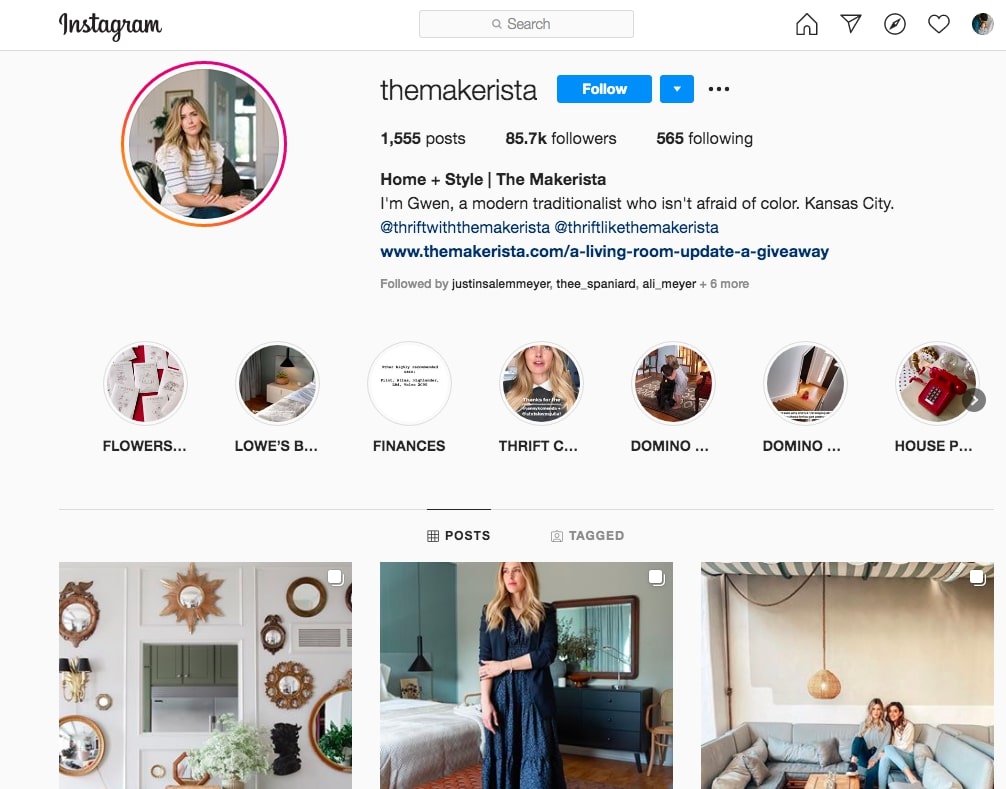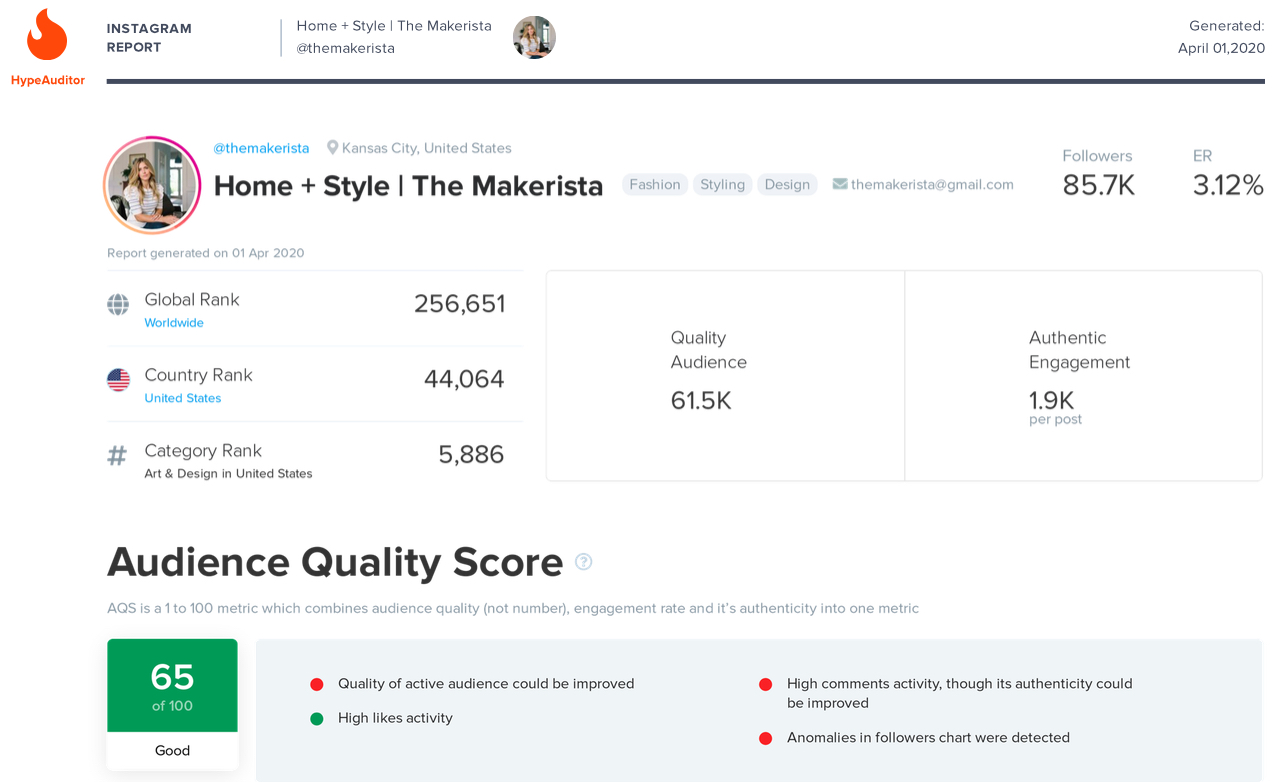By now, you’ve seen them online everywhere: the 20-something makeup artist, the mid-30s home renovator, the NYC stay-at-home mom blogger—all talking directly to the front-facing camera of their smartphones, documenting their everyday lives. The modern mobile device has given anyone the ability to become a reality star. And the network broadcasting the show? Instagram, YouTube, and TikTok.
I’m talking about influencers, and the opportunity they represent is enormous. Instagram has 1 billion monthly active users, YouTube is the second most visited website on the internet, and, according to Digital Marketing Institute, 49% of consumers depend on influencer recommendations. This article describes how to leverage these individuals in your practice marketing.
WHO IS AN INFLUENCER?
An influencer is an individual who uses his or her authority and trust to promote products or services to his or her social media followers. Using influencers in practice marketing isn’t necessarily a new concept. In years past, many practices used local celebrities or professional athletes in their marketing. Although the term influencer is more of a current label, professional athletes and radio DJs promoted practices in a similar way.
However, today’s social media influencers haven’t achieved fame for their radio talent or their athletic ability. They’ve gained a loyal following on social media by documenting something that interests them—in other words, they’ve successfully monetized their hobbies. A great example is a home design and style blogger my wife follows, The Makerista (@themakerista). She has amassed more than 85,000 followers and works with companies like Lowe’s and Pella Windows to showcase their products on her Instagram account (Figure 1).

Figure 1 | The Makerista’s Instagram account, found at instagram.com/themakerista.
A key difference between athlete campaigns of the past and today’s social media influencers is that the professional athletes gave a widespread reach in one community, but influencers go much deeper. They can give their wide range of followers an insider’s experience into your practice by documenting the entire consultation, surgery, and postoperative course, as opposed to just a 30-second TV spot. Hoping patients choose to come to your practice by taking a basketball player’s word for it is not nearly as effective as having a trusted influencer document his or her full experience in your care.
HOW TO LOCATE INFLUENCERS
When looking for an influencer to work with your practice, it is important to determine which procedure you want to promote. Because the majority of influencers fall within the 20-to-30 age range, LASIK makes the most sense for engaging an influencer.
Below is a short checklist of what to look for in an influencer.
Local. You want to ensure that a large portion of the influencer’s following is local to the market(s) you serve. It wouldn’t make sense for an influencer with national reach to promote your practice if he or she is not local to your market.
To find such an influencer, search local hashtags on Instagram. For example, in my hometown, I’d go to the Explore page on Instagram and search #desmoines, #desmoinesiowa, #dsm, and #desmoinesia. I’d then look at the top posts with the most likes and comments. Analyze whether they’re real people versus businesses, identify the top 10 influencers, and put them in a spreadsheet with what topic they are known for (eg, mom blogger, DIY, fashion, etc.). Note: This can be a slow process, so consider involving staff members are familiar with Instagram. Also, ask your team if there are any local influencers they follow to add to the list.
Audience size. Once you have identified the top 10 local influencers, indicate who has between 10K and 100K followers on Instagram or YouTube. (In smaller markets, it is OK for the audience size to be less than 10K.) These numbers are not concrete, but you want to ensure that this project has the opportunity for amplification.
Engagement. It is important to confirm that the influencer’s following is real and engaged. Unfortunately, some aspiring influencers purchase fake followers to appear as if they have a bigger audience than they really do. Thankfully, there are tools you can use to verify their reach, such as HypeAuditor. Figure 2 shows an example of a HypeAuditor report that provides a snapshot of how engaged and authentic an audience is.

Figure 2 | The Makerista’s HypeAuditor report looks very favorable.
IMPLEMENTATION
Once you engage an influencer, you want to properly set the expectations and open the lines of communication. Best case scenario, you allow creative freedom for the influencer to communicate to his or her audience. The influencer’s following is engaged because of his or her authenticity and creativeness. I’ve heard stories of influencers not doing as good of a job because they felt they lost their creativity with too many stipulations put on by the business. You want to give the influencer some taglines that are on brand, ask for a minimum number of updates (both Instagram posts and stories), and then release full creative control. The strongest ask would be for the influencer to document his or her entire patient journey.
TRACKING
In a perfect world, the practice would give the influencer his or her own URL on the practice domain, such as ABCeyes.com/joe-influencer. The influencer would direct his or her audience to that page for any special offer the practice wants to promote or for more information about the influencer’s patient journey. This allows the practice to track the results and better measure the return on investment.
CONCLUSION
With a little legwork and ingenuity, influencers represent a great opportunity to grow a practice brand and procedural volume using social media.



